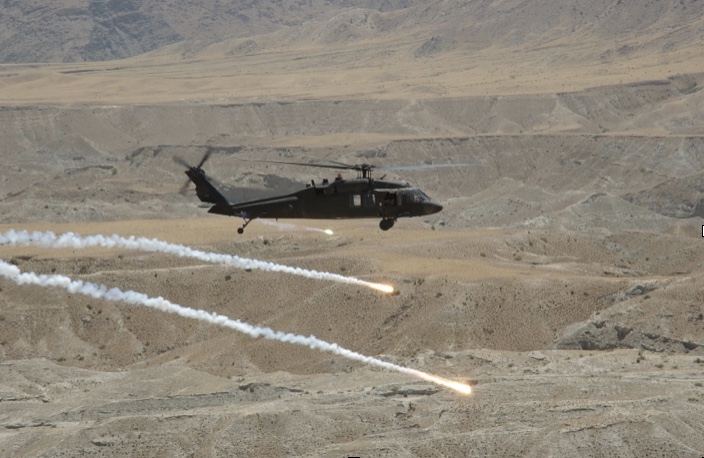
Through the summer of 2022, the war in Ukraine rightfully dominated headlines. Many were suddenly flying their yellow and blue national flag in a display of solidarity. At the same time, the instant foreign affairs and military experts filled the airwaves of American news outlets. Months later, winter arrived, and though the war still creeps into headlines, America’s mid-term elections and fiscal crisis now dominate.
The war rages on, but it feels like a more static environment. It looks like the late stages of a boxing match. Though there was a display of intense energy as the initial bell rang, the fighters are now two exhausted opponents barely able to stand. The odds of a knockout blow are remote, but the world watches and prays that the threat of nuclear weapons use is not realized. It may look slow now to the observer, but they are doing everything they can, and both might be satisfied with a draw. The future is unclear.
Still, most of the public no longer thinks about this conflict every day. In fact, they may not hear anything about it for a week or more. But Ukraine remains fertile ground for those of us who faithfully follow the international situation and analyze events to provide advice and analysis to those seeking it. Ukraine provides critical lessons for America’s military and might signal the start of bigger changes. Are we seeing the birth pangs of the infamous but rare Revolution in Military Affairs?1 Or is this just a continuation of one that has already started?
This war shows us the changing tactics and methods driven by advanced technologies and manufacturing techniques that cause the miniaturization of weapons. Highly lethal weapon systems are getting smaller, more agile, easier to use, and relatively cheap. Let’s look at three examples that show this is the case.
Stingers, SA-7s, Javelins, and Harpoons are only a few examples of small, easy-to-employ, lethal, and inexpensive weapons on the modern battlefield. There are also “kamikaze drones,” or other drone systems that launch munitions or help identify targets for long-range artillery. These may only be the tools that technology has made possible and not a Revolution in Military Affairs by themselves, nor do they change the brutality of war.
America’s military must prepare for combat in an environment where threats are everywhere and almost undetectable until it is too late. Larger systems are quickly becoming relics subject to the disposable systems of today.
1A Revolution in Military Affairs is a hypothesis in military theory about the future of warfare, often connected to technological and organizational recommendations for military reform. Broadly stated, RMA claims that in certain periods of the history of humankind, there were new military doctrines, strategies, tactics and technologies which led to an irrecoverable change in the conduct of warfare. Furthermore, those changes compel an accelerated adaptation of novel doctrines and strategies. https://en.wikipedia.org/wiki/Revolution_in_military_affairs
Lt Col (ret), US Army, Darin Gaub is a Co-founder of Restore Liberty, an international military strategist and foreign policy analyst, an executive leadership coach, and serves on the boards of multiple volunteer national and state level organizations. The views presented are those of the author and do not represent the views of the U.S. Government, Department of Defense, or its components.